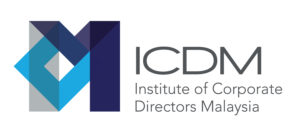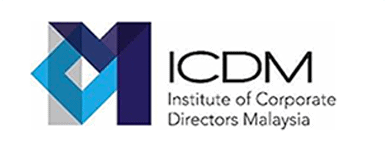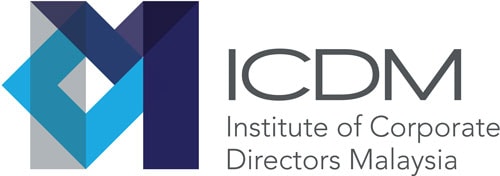Programme Overview
The traditional approaches to coordinating risk and assurance were once useful, but the environment has changed. Businesses have entered a new era in terms of how they need to think about strategy as it aligns with the company’s risk profile. This has brought upon increased discussions and decisions around the intersection of strategy, risk and opportunities. As the execution of any strategy requires some level of risk-taking, it could be argued that strategy and risk are flip sides of the same coin.
Deliberations around strategy and options must be centred around the interconnections of external and internal drivers and their potential impact on various scenarios – this is especially crucial as businesses face expanding risk agendas such as climate change, geopolitical conflict and stakeholder activism.
Linking risk appetite and strategy clarifies the level of risk associated with a strategy. Board conversations must encourage in-depth discussions on whether alternative strategies would present more attractive risk/return trade-offs, given the organisation’s risk appetite.
With these development, there is an increased call for an incremental expansion of board risk-oversight structures and responsibilities, committee specialisation/ board composition that is essential in overseeing a broadening risk agenda, as well as the implementation of a forward-looking risk assessment, shifting the discussion to be more future-focused, especially in the areas of ESG.
The new approach of dynamic risk governance will hopefully strengthen organisations’ resilience ahead of whatever the next COVID-type shock may be – from having to deal with extraordinary risks, pressure testing to emerging risks associated with business growth.
Learning Outcomes
- Explain how modern risk thinking has evolved since the Global Financial Crisis.
- Explore an organisation’s approach to integrating strategy and risk management, which is driven by the nature of the organisation itself and the environment it operates within.
- Understand the use of key risk indicators (KRIs) that will allow for real-time view of how and how fast risks are developing, moving, dissipating, etc. across the entire spectrum of a company’s strategic horizon.
- Discuss on emerging ESG trends impacting risk management, especially those that are required to satisfy the new demands of stakeholders.
Who is this Programme For?
- Aspiring Directors
- Newly Appointed Directors
- Directors with less than 3 years tenure
- Senior Management Team
|
Thursday | 12 October 2023 |
|
| 8.30am | Registration |
| 9.00am | Programme Introduction and Housekeeping |
| 9.05am | Overview on ERM
|
| 10.45am | Coffee and Tea Break |
| 11.05am | Risk Measurement
|
| 12.30pm | Lunch Break |
| 1.30pm | Risk Reporting
|
| 2.30pm | Key Risk Indicators
|
| 3.30pm | Coffee and Tea Break |
| 3.50pm | Risk Culture
|
| 4.40pm | Risk Technology
|
| 5.30pm | Key Takeaways & Wrap-Up |
| 6.00pm | End of programme |
Speakers

DOMINIC CHEGNE
Partner
Risk Assurance Services
Dominic is a Partner in the Risk Assurance Services (RAS) unit within PricewaterhouseCoopers (PwC) Kuala Lumpur office. His employment history spans over 24 years of work experience. He also sits as President for the Institute of Internal Auditors Malaysia (IIAM).
Dominic has taken on several risk & governance leadership role during his tenure in PwC. His portfolio prevails in the jurisdiction of internal audit, risk management, controls, regulation compliances, corporate governance and process reviews/ improvements. He previously led the Risk & Governance practice within PwC Consulting and prior to the that, Dominic led and grew the internal audit practice for the Kuala Lumpur office.













